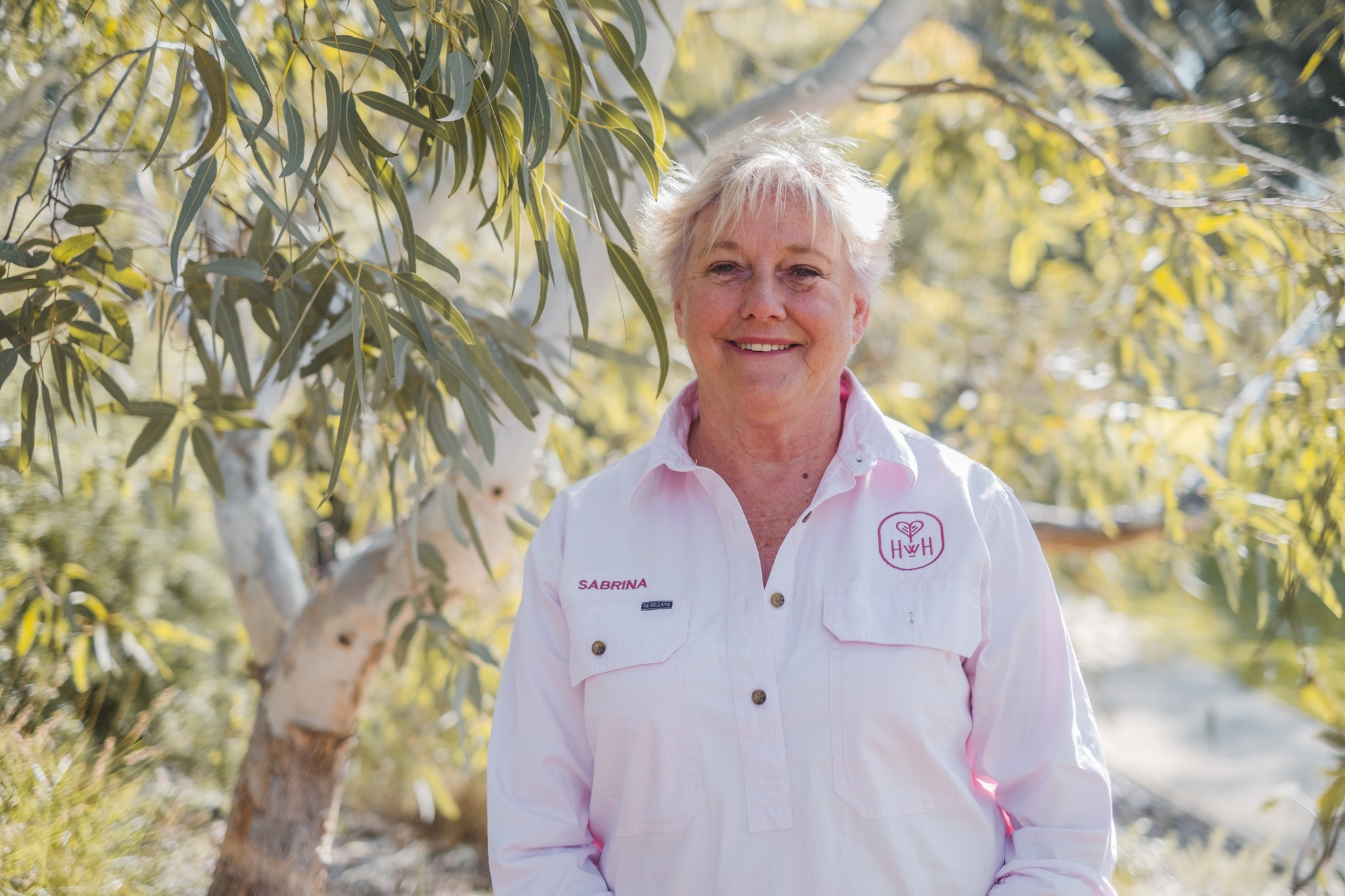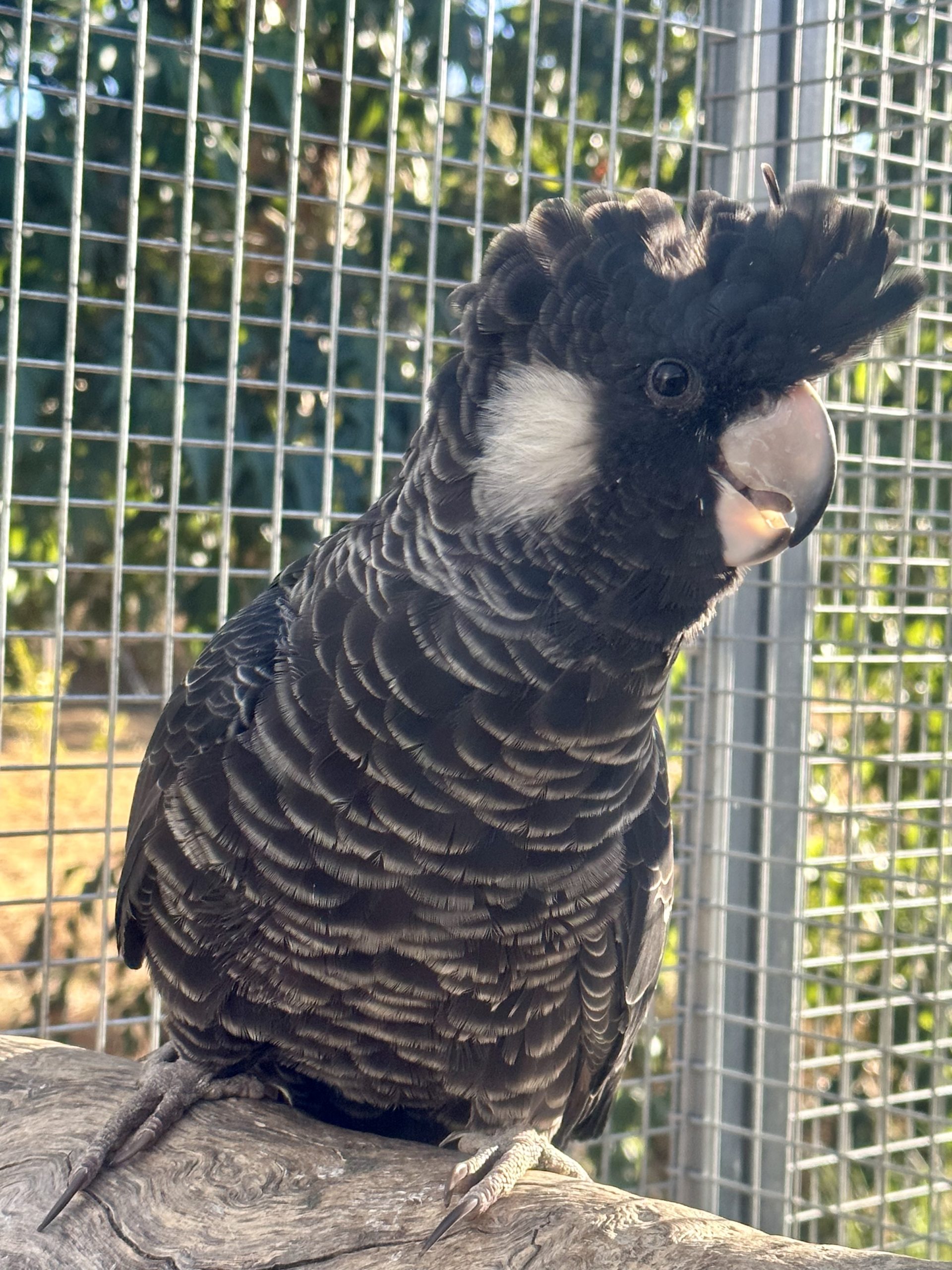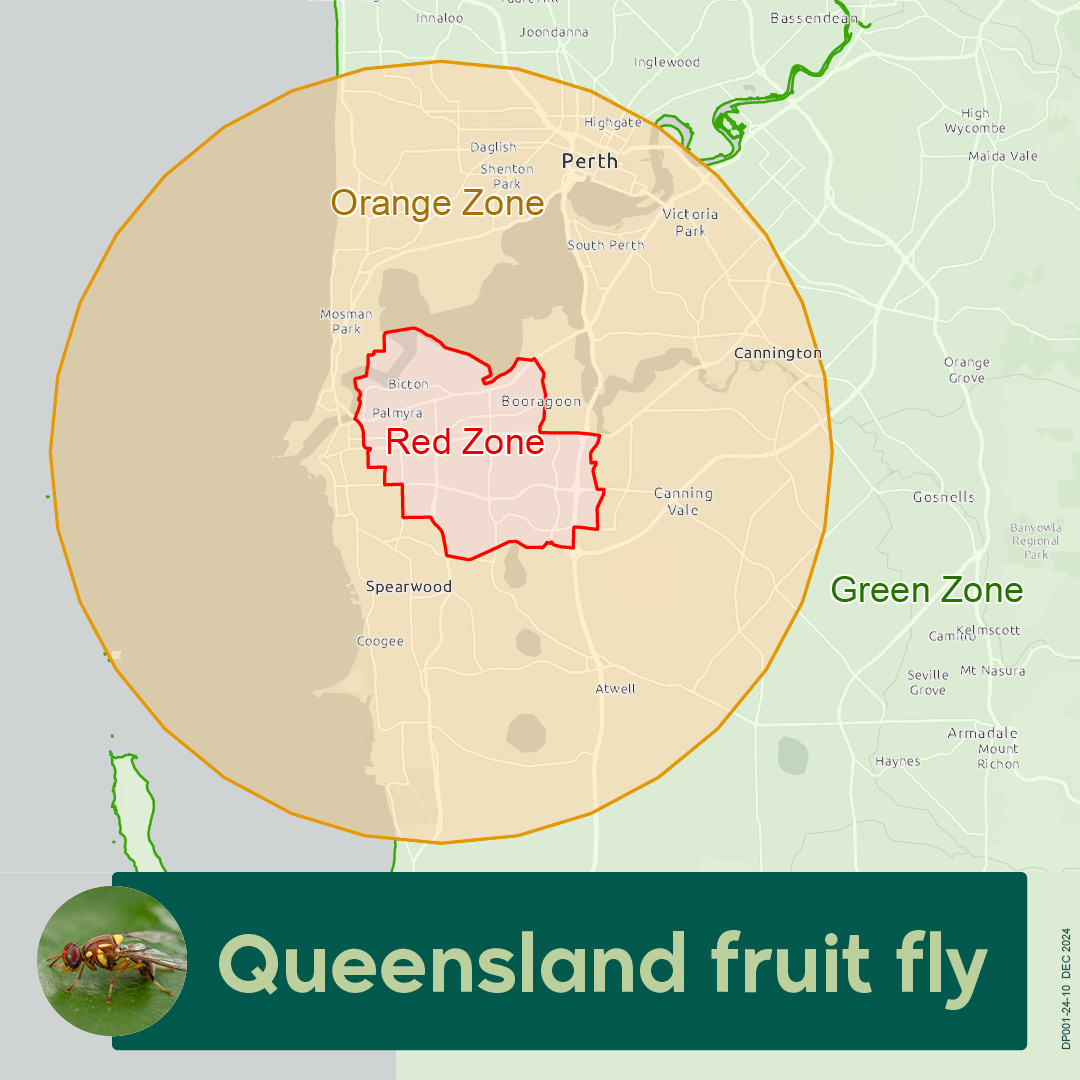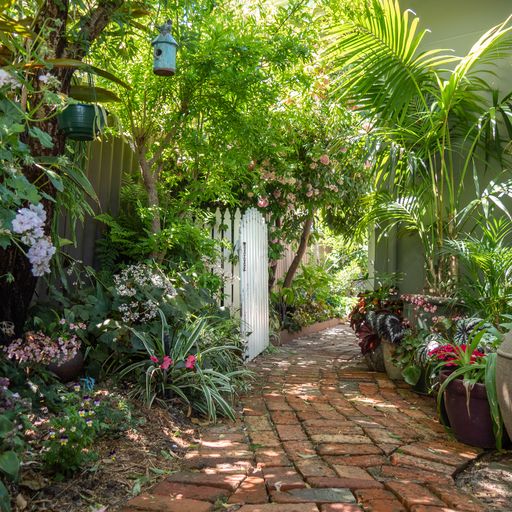All the rain and wonderful warm weather is creating the ideal breeding ground for aphids. Plants are sending up new shoots and flowers, thinking that spring has arrived quite early and sapsuckers are populating at the rate of rabbits. Aphids feed on new growth by piercing and sucking the sap, preferring the lovely new soft growth because these cells transport nutrients.
Their numbers will build up rapidly, but once the plant can no longer support the colony, some aphids will develop wings and move to new feeding grounds. Aphids shed their skin as they grow, (called instars) you may see the white papery skins on leaves. They also produce honeydew which comes out of the end of their digestive tract and allows sooty mould to form. This reduces a plants ability to photosynthesize.
The only positive thing to be said about 38 degree plus days, is that it severely knocks off the aphid populations, the ideal temperature of producing young is around 25 degrees, and produce they do. They give birth to live young most of the time, but once a year around autumn, the females mate with males and lay eggs. This egg overwinters but meanwhile the other generations (who are all female) can produce over 100 nymphs per month. These little babies grow to maturity in only one week and start reproducing again.
This explains why you will see you new rose shoot or cabbage have a few aphids one week and a trillion a couple of weeks later. That’s what you call successful evolution of a species.
But wait, there’s more, the amount of sugar and water the aphid ingests can’t be used so its secreted as honeydew. Ants love the honeydew and have a symbiotic relationship with aphids, moving babies around the plant to new feeding grounds and protecting them from predators. Cunning!
But help is at hand, there are many predators of the sweet juicy aphid, small insectivore birds, ladybirds, lacewing, predatory wasps, spiders, assassin bugs and hoverflies will relish the thought of chomping up a big serving of aphid.
The trick to keeping predators in the garden is to allow a food source for them, so don’t wipe out all of your plague and don’t spray when predators are around. You can hose them off with water every morning to drop their numbers or squish with your fingers, they become a nice green colour.



